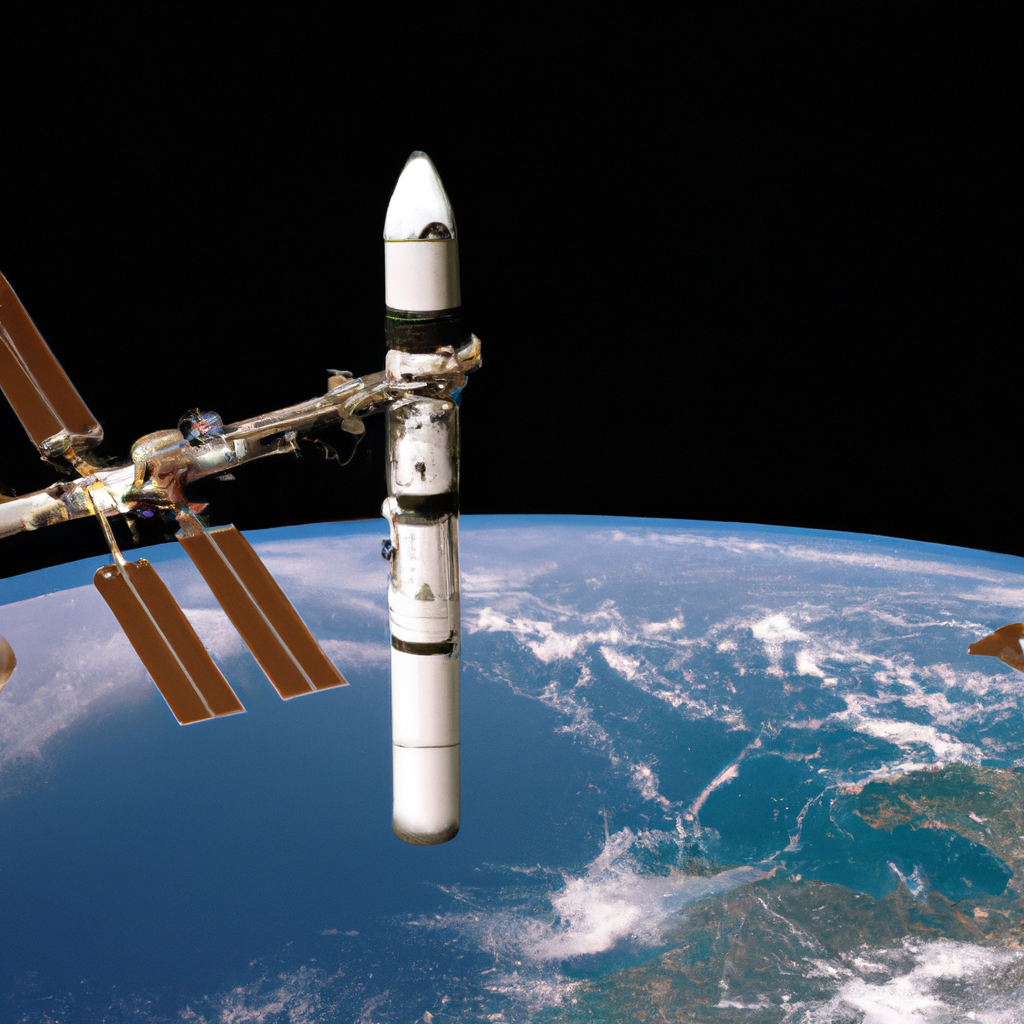Over the past decade and beyond, SpaceX has emerged as a leader in launching rockets into space. Now, the aerospace giant is set to invest $680 million to decommission the International Space Station (ISS), according to documents released Tuesday by NASA.
NASA initially announced its plan to deorbit the ISS in 2022, but it was only last month that SpaceX was selected as the contractor for this mission. SpaceX will develop a new vehicle, described as a “tug boat,” which will be used to push the ISS into the Pacific Ocean from space. The company, led by Elon Musk, has been awarded a contract worth $843 million for this endeavor.
Based in Hawthorne, California, SpaceX outperformed two competitors, Northrop Grumman Systems and AlphaSpaces, to secure the contract. According to a source selection statement made public on Tuesday, AlphaSpaces’s proposal was deemed “unacceptable” and eliminated from consideration.
SpaceX’s proposal was evaluated based on its “mission suitability,” which encompasses small business utilization, management approach, and technical approach. It scored 822 out of 1,000, and its proposal highlighted five strengths, three significant strengths, and one weakness.
In contrast, Northrop Grumman scored 589 out of 1,000, with three strengths and seven weaknesses cited in the report. Northrop’s incomplete approach to hardware procurement was among the issues noted. Additionally, Northrop’s proposal was more costly than SpaceX’s, with NASA indicating that it would be “higher than” $680 million. The report later specified that Northrop’s total evaluated cost was “significantly higher” than SpaceX’s. Evaluations of past performances rated SpaceX’s as “very high,” while Northrop’s was “moderate.”
The ISS has orbited Earth since construction began in 1998. Since the arrival of its first crew in November 2000, it has hosted over 250 visitors from 20 countries. Currently, crews from SpaceX, Soyuz, and Boeing are stationed at the ISS.
The ISS’s operational life has been extended multiple times over the years, but keeping it in space beyond 2030 would pose risks, according to the BBC. Its orbit is expected to naturally decay by 2026, making it ready for deorbiting by mid-2030.
“Selecting a U.S. Deorbit Vehicle for the International Space Station will help NASA and its international partners ensure a safe and responsible transition in low Earth orbit at the end of station operations,” Ken Bowersox, an associate administrator for NASA’s Space Operations Mission Directorate, said in a statement last month. “This decision also supports NASA’s plans for future commercial destinations and allows for the continued use of space near Earth.”
